Many people can’t decide between a pergola and a gazebo for their outdoor living space. When between the two, it’s important to consider their differences despite their similar appearance. Pergolas and gazebos both offer great spaces for entertaining guests or simply enjoying the outdoors, but their main functions vary greatly. You can make a better decision about which structure meets your requirements by comprehending the benefits of each one.
What Is A Gazebo?
A gazebo is an open-sided structure with a roof and usually four posts at the corners. It is usually free-standing and can be placed in the middle of a garden or yard, providing shade from the sun and shelter from wind and rain.
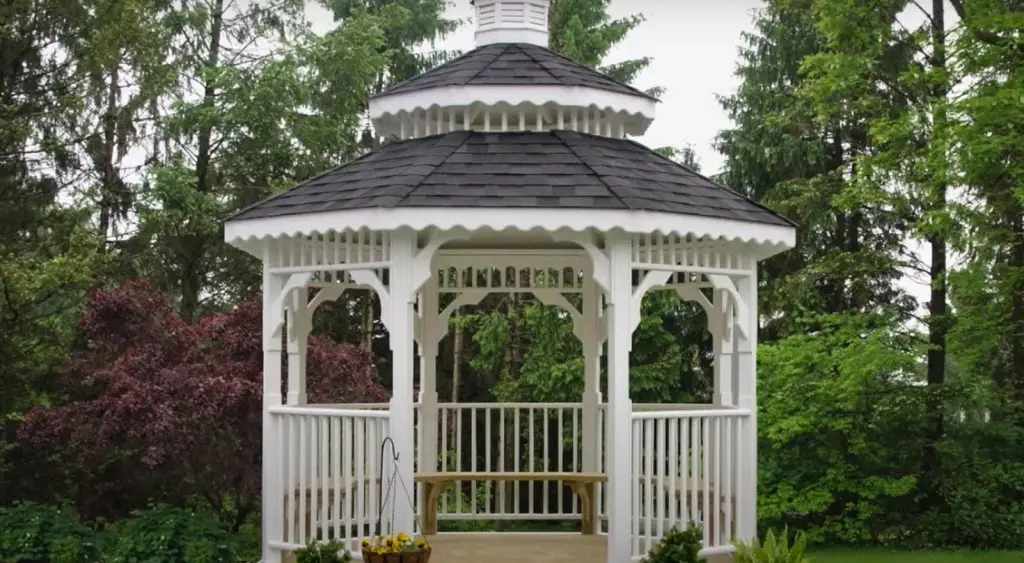
Gazebos are typically large enough to accommodate several people comfortably, which makes them ideal for outdoor gatherings. They can also provide a great place to enjoy your garden without having to worry about bugs or other pests. The roof of a gazebo generally provides complete coverage, making it perfect for outdoor barbecues or parties.
What Is A Pergola?
A pergola is a structure in a garden that provides shade and can be used as a walkway, passageway, or seating area. It is made up of vertical posts or pillars, cross-beams, and an open lattice. The structure is designed to provide shade and an element of privacy while allowing air to circulate freely. Pergolas are typically made from wood and can be freestanding with four posts or attached to the side of a house or building. They may also have metalwork around them for additional strength and durability. Some pergolas feature climbing plants such as vines or wisteria for added color, fragrance, and visual interest.
Pergolas can come in many shapes and sizes and offer flexibility when it comes to design. They can be simple or elaborate. A basic pergola is made of four posts, cross-beams, and a lattice roof. Large pergolas may incorporate seating areas, planters, outdoor kitchens, music systems, lighting features, fireplaces or fire pits, and other amenities. [1]
What Are The Differences Between A Gazebo And A Pergola?
The design is the main distinguishing factor between a gazebo and a pergola.
It’s usually enclosed and provides protection from the elements, making it ideal for outdoor events. On the other hand, a pergola is an open-roofed structure with wooden beams supporting cross beams in an arched formation on top of columns. While they provide shade, they don’t offer the same level of protection as a gazebo. Pergolas typically don’t have walls either but can be enclosed with curtains or screens to give you more privacy when needed.Function Of Roof Structure
A pergola and gazebo have different functions due to their roof structure. The purpose of a pergola is primarily aesthetic, and its lattice-style roof provides minimal shade or protection from weather elements.
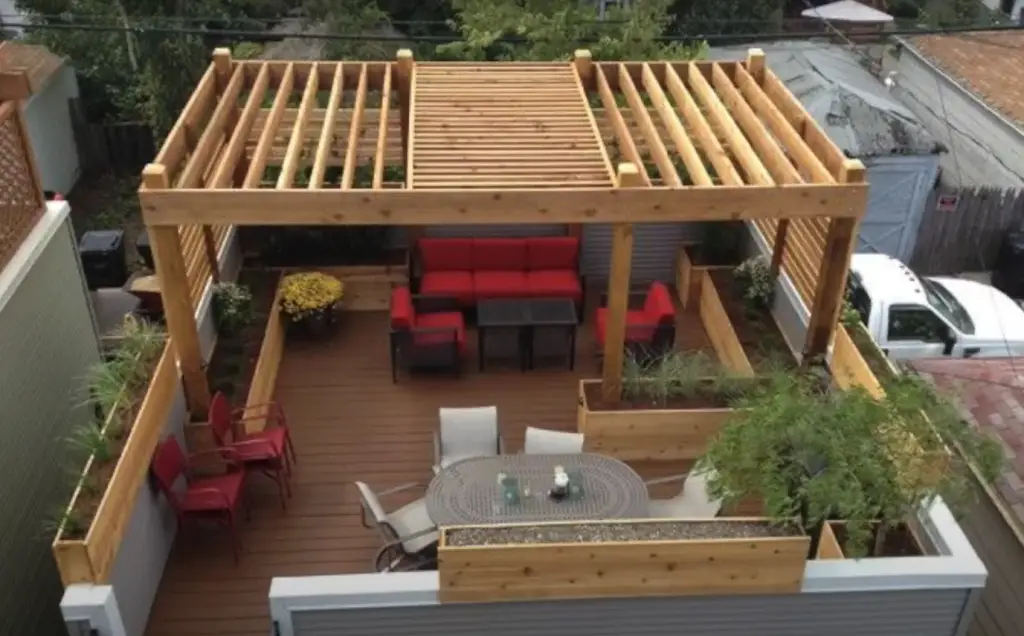
Pergolas are often used as an outdoor dining area or seating area, providing just enough coverage for people to enjoy the outdoors without being completely exposed. Gazebos, on the other hand, have a more solid roof construction that provides greater protection from the elements such as sun and rain. They can be open-air structures with screens or fully enclosed and insulated buildings. Gazebos are usually large enough to serve as outdoor living rooms; they may even include amenities like fireplaces, TVs, and outdoor kitchens.
Architecture
A pergola is a structure made up of vertical posts or columns that support an open lattice of beams and rafters. It may be freestanding or attached to a building, such as that of a house. Pergolas are usually constructed from wood, although other materials may also be used. Gazebos typically have four sides with an open entranceway in one wall and a closed roof supported by pillars or columns. They can be rectangular, square, hexagonal, octagonal or even round in shape. Gazebos are often constructed from wood but can also be built using metal or even stone. [2]
Freestanding Vs. Attached
A pergola is typically a freestanding structure, meaning it does not attach to your home or another structure. It serves as an outdoor shelter and can be used to define spaces in the garden, create pathways through the landscape, or provide shade over seating areas. A gazebo, on the other hand, can either be freestanding or attached to your home. If it’s attached, it typically serves as an extension of your living space; if it’s freestanding, it functions like a traditional pergola but with more ornate detailing and design elements.
Commonly Rounded Vs. Rectangular
The differences between a pergola and a gazebo also extend to their shape. While both are typically wood-framed structures, pergolas generally have a round or square design, while gazebos have an octagonal footprint. This is because gazebos are designed to be enclosed structures with walls or panels that provide shelter from the elements; the extra sides make it easier for these walls to meet at the corners of the structure. Pergolas, on the other hand, are usually open air with no walls and are meant more as a decorative feature and gathering area than an enclosed shelter. Due to this difference in purpose, they don’t require as many sides and can usually get away with fewer.
Built With Raised Floor Vs. Structure Attached To Existing Surface
One of the main differences between a pergola and a gazebo is how they are built. A gazebo usually has a raised floor built into it, whereas a pergola is typically attached to an existing surface like concrete or pavers.
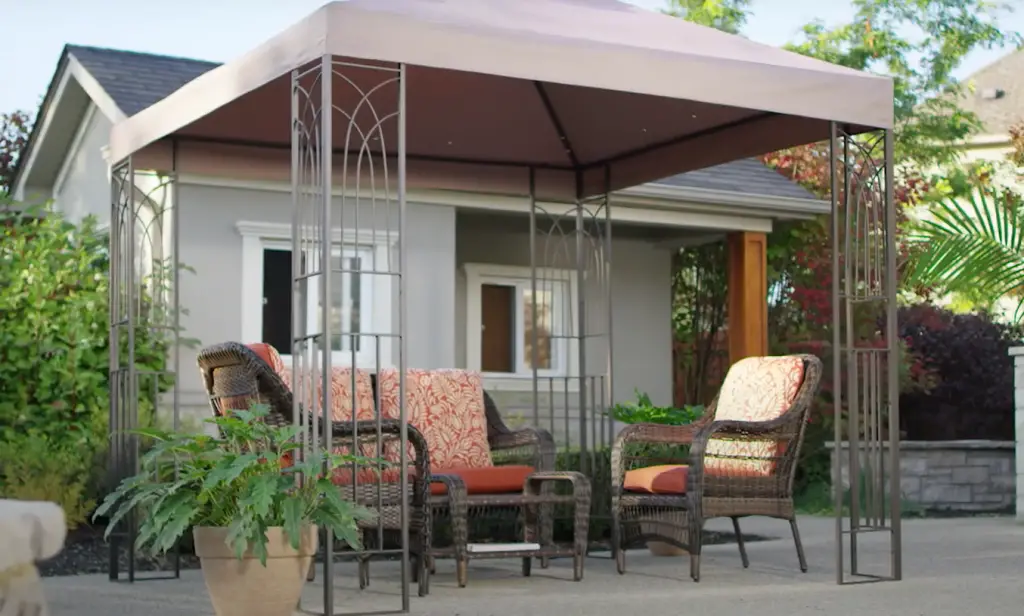
This means that if you have limited space in your yard, then you may want to opt for a pergola instead. Also, because it’s not fully enclosed like a gazebo, it won’t require as much yard space.
Space Requirements
When it comes to the space needed for a pergola or gazebo, gazebos tend to have larger footprints. This is because they often come with an enclosed roof and walls, while pergolas are open-air structures that don’t require as much space.
However, if you need more coverage from the elements or want more privacy, a gazebo might be better suited for your needs. [3]How To Choose A Pergola?
When deciding on a pergola, there are several factors to consider. Size is important, as you need the structure to fit your purpose and be large enough to provide adequate shade coverage. You should also pay attention to the materials used in construction; wood or metal structures offer different benefits and prices.
Style and design are less crucial but can help enhance the look of your backyard. There are various options for customization when it comes to pergolas since they are available in different shapes, sizes, and colors. If you choose to add accessories, such as curtains or outdoor furniture, consider how these will affect the overall look of your space before making a purchase.
Finally, it’s important to keep in mind how much maintenance will be required for your pergola. If you’re looking for a low-maintenance option, then metal or plastic may be the best choice for you. Wooden structures require more care, but can provide natural beauty and character to your space.
How To Choose A Gazebo?
If you have decided that a gazebo is the right structure for your outdoor space, there are several factors to consider when selecting one. First and foremost, it is important to determine the size of the structure that will best fit your space. Gazebos typically range in size from 8×8 feet up to 16×20 or larger.
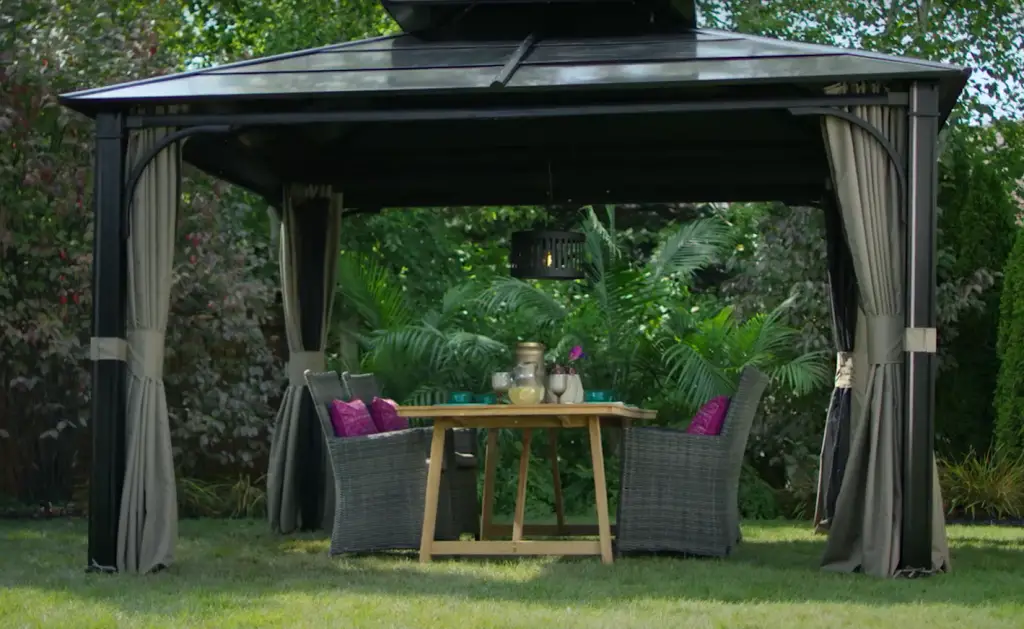
Another factor to consider when shopping for a gazebo is material type. Common materials used in their construction include wood, metal, aluminum and vinyl. When choosing a material, keep in mind the purpose of the structure as well as how much maintenance it will require over time. Additionally, budget should be taken into account when selecting a gazebo since prices can vary greatly depending on material, size and features. Lastly, you should consider the style of the gazebo which typically comes in either open or screened designs. Once you have considered all these factors, you can confidently select a gazebo that is perfect for your backyard oasis! [4]
How To Know Which Is Best For You?
When it comes to choosing between a pergola and a gazebo, there are several factors you should consider. First, think about your needs and how much privacy or shade you want to create in the outdoor space. A pergola may be better for those who want more of an open-air feel with some light coverage from the sun or rain, while a gazebo can provide complete protection from the elements. Additionally, consider your budget as well as installation and maintenance costs. The materials used for each type of structure can vary greatly in price and upkeep requirements.
Next, take into account where you plan to have the structure installed and if you’ll need any permits or approval from local authorities. Pergolas and gazebos can typically be installed in most residential backyards, but it’s always a good idea to check with your local planning department for any restrictions or requirements about construction before you start building.
Finally, think about the look that will best fit with your landscape design. You can find pergolas and gazebos in various sizes and designs to complement your outdoor area.
Should I Build It Myself Or Hire An Expert?
When choosing between a pergola and a gazebo, there is another important decision to make – whether to construct the structure yourself or hire a professional.
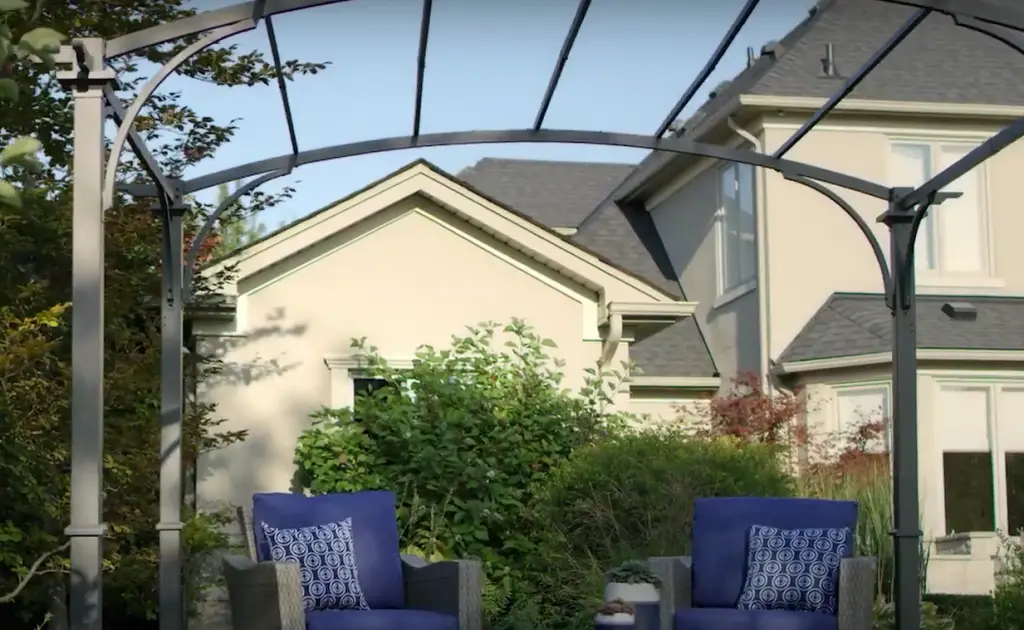
Building your own structure can be an incredibly rewarding experience and can help save you money. However, a lot of skill and knowledge is needed to ensure that the job gets done correctly. If building a pergola or gazebo from scratch isn’t something that you feel comfortable with, then hiring a professional is probably your best option. A qualified carpenter will have the skills and experience needed to build either one quickly and accurately.
On the other hand, if you decide to purchase a prefabricated pergola or gazebo, then installation should be relatively easy. Most prefabricated models come with detailed instructions and some may even include a warranty. [5]
FAQ
Which is better: a pergola or a gazebo?
Answer to this question really depends on your individual needs and preferences. When choosing between the two options, it’s important to consider the key differences despite the fact that they both provide excellent spaces for outdoor living. A pergola is a structure typically made of wood or metal with a lattice-work roof, often freestanding. It offers partial shade, but usually no walls or other coverage from the elements. On the other hand, a gazebo is typically a more enclosed structure with four walls and a roof overtop for full protection from the weather. Pergolas are ideal for anyone looking to create an open-air area with some shade and can easily become part of landscaping designs. However, if you’re looking for more protection from the elements and a designated space for seating or dining, then a gazebo might be a better option. In the end, the choice depends on your personal taste and the type of ambiance you wish to achieve in your outdoor living space. Both can be great additions to any backyard!
What’s the difference between a gazebo and a pagoda?
When considering outdoor structures for your garden, you may encounter two different types of structures to choose from: gazebos and pergolas. While both offer beautiful design elements, there are some key differences in the way they are constructed and how they can be used. Gazebos are usually free-standing octagonal or round structures with an open top and a solid roof. Gazebos provide protection from the sun and rain while still allowing air to circulate. They typically have built-in benches or chairs, making them ideal for relaxing or entertaining outdoors. Pergolas, on the other hand, are trellis-like structures that often form pathways across gardens or yards. Pergolas feature open sides and a slatted roof, making them great for shading without blocking the view. They are also often used to define an area or create an inviting space for entertaining. So, while gazebos provide a more enclosed and sheltered space, pergolas offer an open-air space with elegant design elements. Ultimately, when choosing between a gazebo and a pergola, it’s important to consider your needs and lifestyle. Consider how you plan on using the structure, what style best fits your home or garden space and what type of maintenance you’re willing to commit to in order to keep your outdoor living area looking its best.
Is a pergola cheaper than a gazebo?
When it comes to prices, pergolas are generally cheaper than gazebos. The cost of a basic pergola ranges from $2,000 -$3,500 whereas the cost of a gazebo can range anywhere from $3,000 -$10,000 or more depending on the type and size. Generally speaking, if you’re looking for an affordable solution that will provide some shade in your backyard, then a pergola is probably going to be the better option. That said, if you want something sturdier and larger that can provide protection against weather elements such as rain or snow then a gazebo could be the right choice for you. Ultimately it really depends on your budget and your needs. Another thing to consider when it comes to cost is the materials that are used for construction. Pergolas tend to use wood or metal frames with a layer of fabric for sun protection, whereas gazebos are typically made from more durable materials such as vinyl or aluminum. The type of material you choose will also have an impact on the overall price so make sure you keep this in mind when making your decision. Ultimately, both types of structures can be customized to fit any budget and design preference so no matter which one you choose, you’re sure to find something that works for you.
What is the difference between a pergola gazebo and Arbor?
Pergolas and gazebos are two similar, yet distinct outdoor structures. Both provide an area of shade and can be used for entertaining guests outdoors or providing a peaceful place to relax. However, there are some key differences between the two that should be considered before making your purchase.
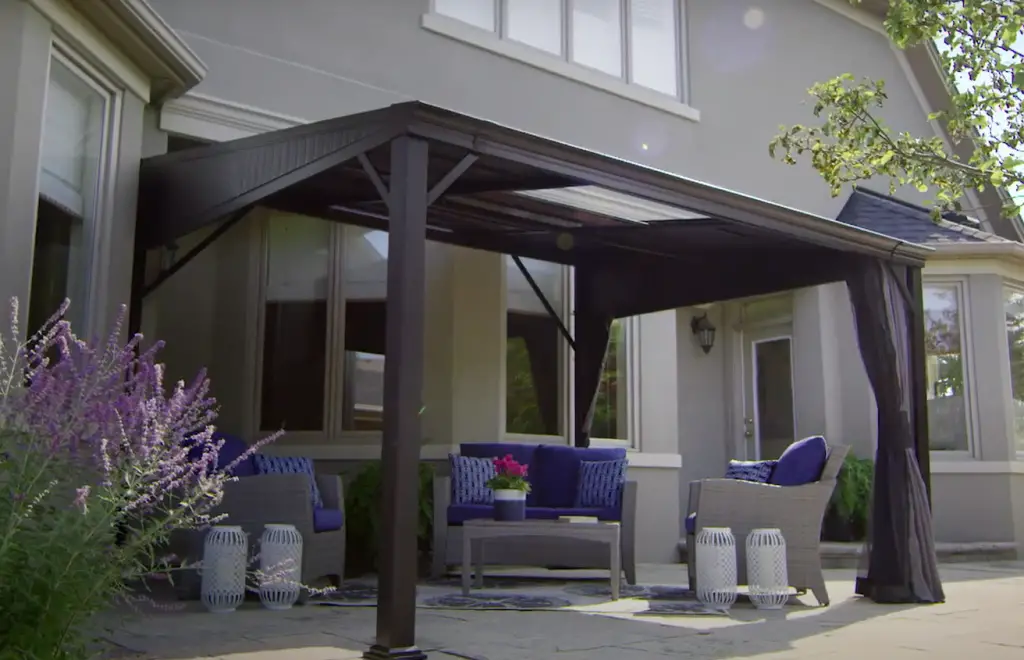
Arbors are very similar in purpose to pergolas and gazebos, but generally smaller in size than either. Arbors often feature latticed sides and arching support beams that create a beautiful entryway or garden feature. Unlike pergolas and gazebos, arbors do not typically come with a roof or enclosure, making them ideal for creating gorgeous pathways through lush gardens or providing shade from the hot sun on a patio.
Why do people want a pergola?
People often choose a pergola for its natural aesthetic. It is an open structure that can be designed to match the style of your home. Usually, pergolas are constructed using wood, and a lot of people like the natural appearance they provide with its wooden pillars that hold up light fabric or vines. Pergolas also offer some practical benefits. Outdoor entertaining areas are perfect for using shade sails as they offer shade on sunny days while still allowing some sunlight to come through. The open structure is great for adding hanging plants or string lights, creating a cozy atmosphere in any backyard space. They can even act as a trellis for climbing plants like roses or ivy. For those looking to add more functionality to their backyard, a pergola can be used as a place to hang outdoor furniture or create an outdoor kitchen.
Why is pergola so popular?
Pergolas are a popular choice for outdoor areas because they can provide shade and definition to any area with their open lattice design. It is easy to customize pergolas with climbing plants, lighting fixtures, and other decorative elements. A well-constructed pergola can provide years of enjoyment as it weathers the elements in style. Since they are relatively simple structures, they come at a much lower cost than gazebos.
Why is it called a pergola?
The word “pergola” is derived from the Latin word “pergola”, which translates to “projecting roof”. It is an outdoor structure used to provide partial shade and a sense of enclosure in your yard or garden. They are often built with columns that support criss-crossed beams, creating a lattice pattern where vines can be grown. Typically, pergolas are constructed using wood, metal, or stone materials.
What is a pergola with a roof called?
A structure that features a roof on top of a pergola is usually called a pavilion. Pavilions are structures that resemble gazebos but usually do not have walls and instead have a roof that can be solid or lattice. This provides more protection from the elements than a regular pergola. Pavilions may be freestanding structures or attached to the side of a building. Outdoor structures can come in different sizes and designs, which can make them a visually pleasing addition to any outdoor area. Pavilions come in both modern and traditional designs, offering something for everyone’s taste. Many homeowners opt for pavilions due to their versatility – they can provide shade on sunny days and be enclosed and heated during cooler weather. The solid roof of a pavilion also makes it a great spot for entertaining, regardless of the weather outside.
What is another name for a pergola?
A pergola can also be referred to as an arbor. It is a type of garden structure which is made up of vertical posts and horizontal beams, with climbing plants trained to grow over the top, providing shade and privacy. The area has open sides, which allows a free circulation of air and the filtering in of sunlight. This is different from a gazebo. This makes it ideal for hot summer days when you want a little bit of extra protection from the sun, but don’t want to be enclosed in an enclosed space. Pergolas are frequently used as outdoor spaces for socializing, relaxation, and activities such as seating and dining.
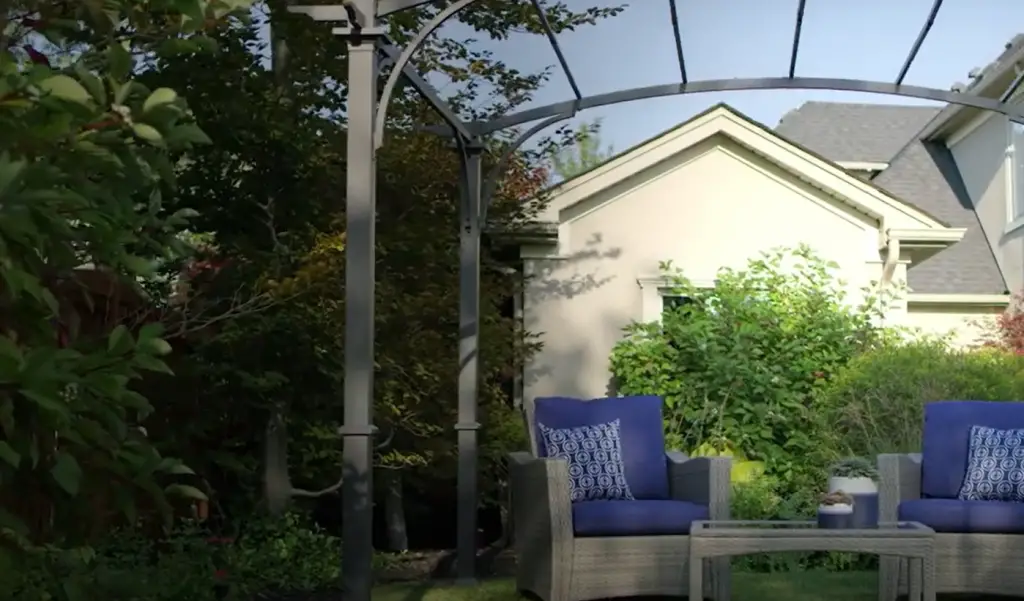
They can also provide support for outdoor structures like swings, hammocks or even hanging plants. Pergolas can be constructed in a variety of materials including wood, metal, and concrete. They are an attractive addition to any garden or outdoor area and can easily be customized with climbing plants to create a unique look. Consider building a pergola in your backyard if you want to add a touch of charm and style while also providing extra shade and privacy.
Are pergolas a good idea?
Pergolas have been popular outdoor structures for centuries. They provide an attractive outdoor living space that can be used for entertaining, relaxing, and more. While a gazebo offers shelter from the sun and rain, a pergola does not – but it does provide plenty of shade and a beautiful open-air atmosphere. Pergolas are also much easier to install than gazebos since they do not require as many materials or labor to build. Because of this, they usually cost significantly less than gazebos. Furthermore, pergolas are generally crafted from wood or PVC, rather than metal like gazebos. As a result, maintaining them is relatively simple over time.
What is better than a gazebo?
A pergola is a great alternative to a gazebo. While both serve the same purpose of providing shade and shelter, there are some differences between them that may make one preferable to the other. Pergolas typically have four posts or columns which support an open lattice roof. This feature allows sunlight to be filtered and air to flow while still protecting from rain and sun. Natural light can still enter in. They can be constructed with any material, such as wood, metal or vinyl, and come in many sizes, shapes and styles. Pergolas are often used to cover walkways or sitting areas in outdoor living spaces. Gazebos tend to be more enclosed than pergolas, with walls made of lattice or solid materials. This creates a more secluded and sheltered area, but also cuts out natural light. The structures I am referring to are typically either circular or octagonal, and have a roof with no walls that is upheld by robust pillars. Gazebos can be made from wood, metal or vinyl, just like a pergola, and come in many different styles.
Is a gazebo a good idea?
When considering whether to add a pergola or gazebo to your outdoor space, it is important to consider the key differences between them. A gazebo is a larger structure that provides more coverage and protection from the elements than a pergola. They are often seen in parks, gardens, and backyards. Gazebos can provide great places for entertaining guests or enjoying quiet moments outdoors. Gazebos offer more protection against rain, sun, and wind as they have a roof and walls which can be made out of materials such as wood, metal or even glass. This makes them ideal for hot summer days when you want some shade without having to worry about getting wet if it rains.
Useful Video: Pergola vs Gazebo | What Should You Choose – Pergola or a Gazebo?
Conclusion
In conclusion, pergolas and gazebos are two different structures that can both be used to enhance your outdoor living space. Pergolas provide an open-air space for relaxation or entertaining whereas gazebos create a more enclosed area with protection from the elements. Both structures require minimal maintenance and offer various design options to suit any yard. Ultimately, it is up to you to decide which structure will best fit your needs and preferences. With careful consideration of costs, style, and desired use, either one of these options can be an attractive addition to your home’s landscape.
References:
- https://www.gatesgardencentre.co.uk/what-is-the-difference-between-a-gazebo-a-pergola-and-a-pagoda/
- https://renson.net/en-gb/blog/the-difference-between-a-pergola-and-a-gazebo
- https://www.bobvila.com/articles/pergola-vs-gazebo/
- https://www.familyhandyman.com/article/pergola-vs-gazebo-whats-the-difference/
- https://www.hardieboysinc.com/pergola-vs-gazebo-the-difference-explained/






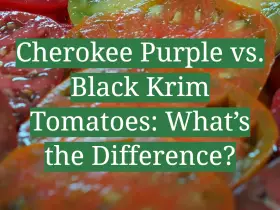
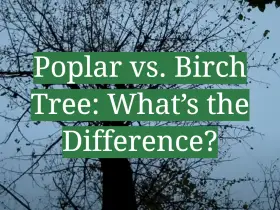


Leave a Reply
View Comments